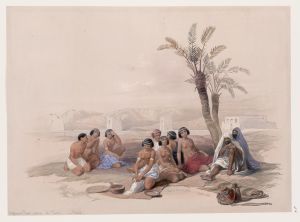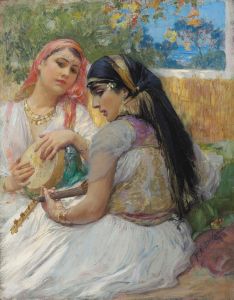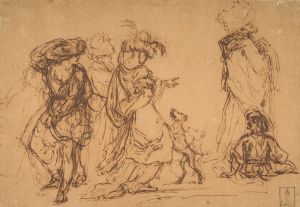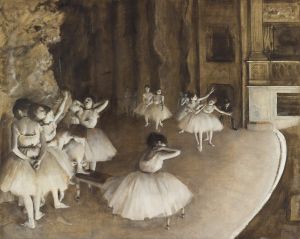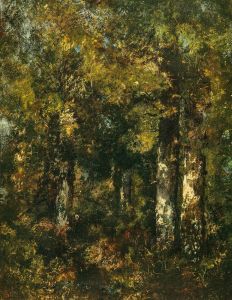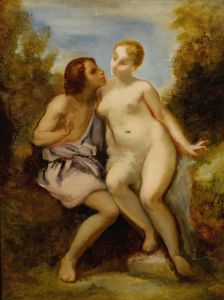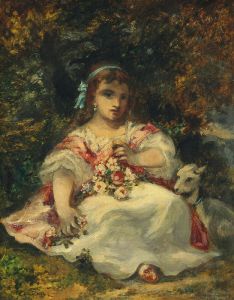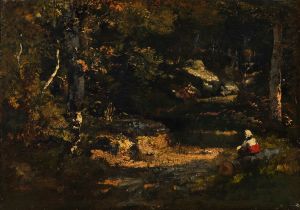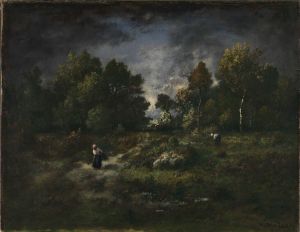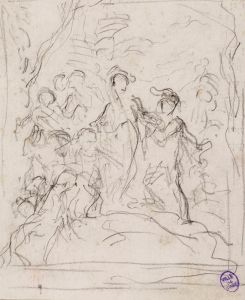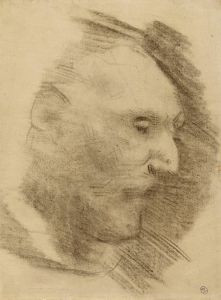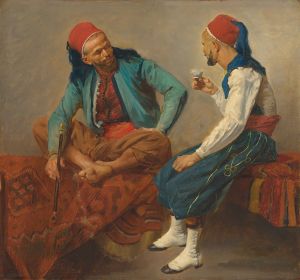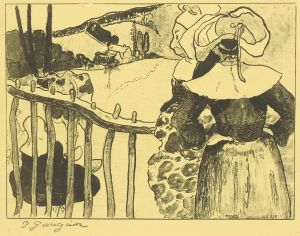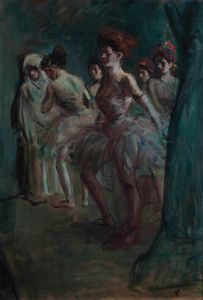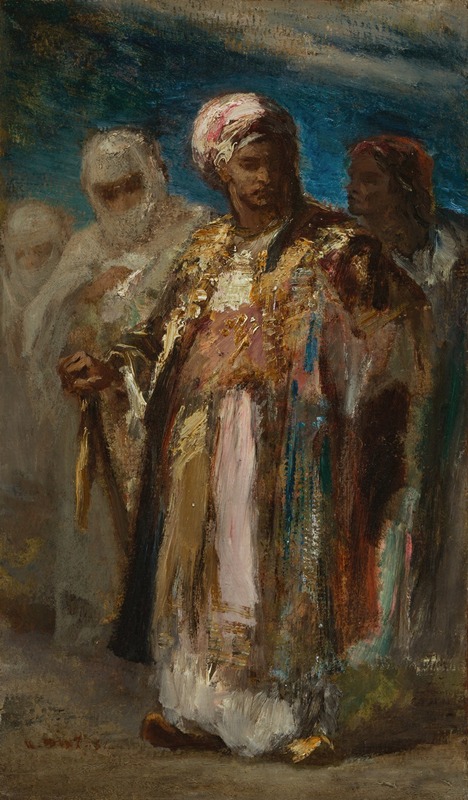
Men in Oriental Costumes
A hand-painted replica of Narcisse-Virgile Diaz de La Peña’s masterpiece Men in Oriental Costumes, meticulously crafted by professional artists to capture the true essence of the original. Each piece is created with museum-quality canvas and rare mineral pigments, carefully painted by experienced artists with delicate brushstrokes and rich, layered colors to perfectly recreate the texture of the original artwork. Unlike machine-printed reproductions, this hand-painted version brings the painting to life, infused with the artist’s emotions and skill in every stroke. Whether for personal collection or home decoration, it instantly elevates the artistic atmosphere of any space.
Narcisse-Virgile Diaz de la Peña was a prominent 19th-century French painter associated with the Barbizon School, a movement that emphasized naturalism and was a precursor to Impressionism. His work, "Men in Oriental Costumes," reflects his interest in exotic themes and the Romantic fascination with the "Orient," a term used in 19th-century Europe to describe the cultures of North Africa, the Middle East, and parts of Asia.
Diaz de la Peña was born in Bordeaux, France, in 1807 to Spanish parents. He faced numerous challenges in his early life, including the loss of his father and a leg amputation following a snake bite. Despite these hardships, he pursued a career in art, initially working as a porcelain painter before transitioning to canvas. He became known for his vibrant use of color and his ability to capture the nuances of light, qualities that are evident in his landscape paintings and his depictions of figures in exotic attire.
"Men in Oriental Costumes" is a testament to Diaz de la Peña's skill in rendering texture and fabric, as well as his fascination with the exotic. The painting likely depicts figures dressed in richly colored and elaborately detailed garments, reflecting the 19th-century European interest in Orientalism. This interest was fueled by increased travel and trade, as well as colonial expansion, which brought European artists into contact with the diverse cultures of the East.
The Orientalist movement in art was characterized by its romanticized and often stereotypical depictions of Eastern cultures. Artists like Diaz de la Peña were inspired by the perceived mystery and opulence of the Orient, which they often portrayed through vivid colors, intricate patterns, and dramatic compositions. While these works were popular in their time, they are now critiqued for their lack of authenticity and their role in perpetuating cultural stereotypes.
Diaz de la Peña's work, including "Men in Oriental Costumes," was well-received during his lifetime. He exhibited regularly at the Paris Salon, the official art exhibition of the Académie des Beaux-Arts, where he gained recognition for his unique style and subject matter. His paintings were sought after by collectors and continue to be appreciated for their technical skill and historical significance.
The Barbizon School, with which Diaz de la Peña was associated, was influential in shifting the focus of French painting from the grand historical and mythological themes favored by the academic tradition to more intimate and realistic depictions of nature and rural life. While Diaz de la Peña is best known for his landscapes, his figure paintings, such as "Men in Oriental Costumes," demonstrate his versatility and his ability to capture the human form with sensitivity and detail.
Today, Diaz de la Peña's work is held in various public and private collections, and he is remembered as a key figure in the transition from Romanticism to the more naturalistic approaches that would dominate French art in the latter half of the 19th century. His paintings continue to be studied for their contribution to the development of modern art and their reflection of the cultural attitudes of his time.





